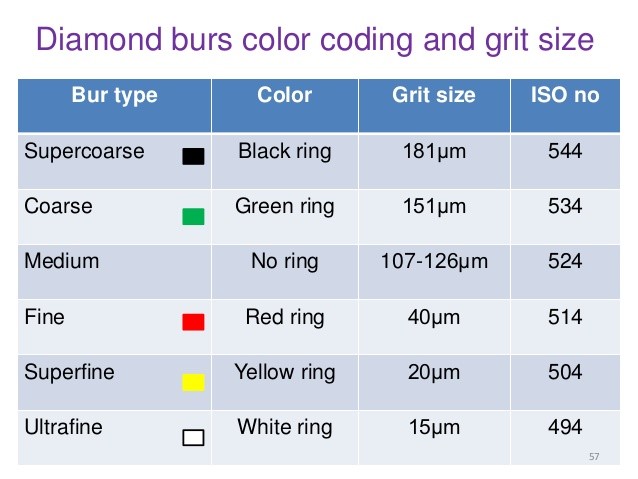The Ultimate Guide to Dental Burs
What are dental burs?
Dental burs attach to a handpiece and are used for cutting and polishing hard tissues of the mouth. There’s a huge range available depending on the type of procedure that’s being undertaken. Typically they are made of steel, tungsten carbide or diamond grit.
Burs have three parts: the head, the neck and the shank. The head contains blades which rotate to cut the tissue. The shank is the longest part and is inserted into the handpiece. The neck connects the two parts.
The angle and positioning of the blades and the shape of the head determines the bur’s use.
Diamond Burs

Coltene's Diatech gold diamond burs offer a high level of performance and durability. Only natural diamonds are used on all Diatech burs, for superior cutting efficiency and long instrument life.
Tungsten Carbide Burs

Often a tungsten carbide bur actually only has carbide in the tip; the material is brittle compared to steel, so often the shank will still be made of steel.
Steel Burs

The Difference between HP, RA and FG Dental Burs
HP or “handpiece” burs are the larger, long straight shank types with a shank diameter of 2.35mm. The length is defined by ISO numbers starting with 1XX. This particular type of bur is used on slow speed handpieces and are even used in surgery procedures as well as the reduction of the smaller cheek teeth.

RA or “right angle” burs latch on to low speed contra-angle handpieces with a notch at the end of the handle. Again they have a shaft diameter of 2.35mm and the length is defined by ISO codes starting with 2XX. They’re available with the same shapes as FG shanks.
Bur Shape
Another way to classify burs is through their shape. Informally these might be known as “cone”, “round”, “spear” but the ISO system clearly defines each shape with a code.
In general, round and pear burs are used for cavity preparation and undercuts, cross-cut burs are used for crown work and sectioning multi-rooted teeth, and finishing burs are used for finishing restorations.
Grit Size

Bur Diameter
A final characteristic of a bur is the diameter of the head. The smallest sizes are used for more detailed work, whereas larger sizes are more common in surgical procedures.
ISO numbering system
The ISO system labels burs with a 15 digit code to enable precise identification. The code number is broken down into six sections: Type of bur / Type of shank / Bur length / Head shape / Grit size / Maximum head diameter
Dental burs from Kent Express
Kent Express offers a wide range of burs from all leading manufacturers, and encourage you to take advantage of our easy online ordering service. Our dedicated, experienced account managers are on hand to offer free advice and answer any questions you may have on 0800 028 1181. Lines are open between 8.30am and 5.30pm and we would love to hear from you today.
You Might Also Like:








